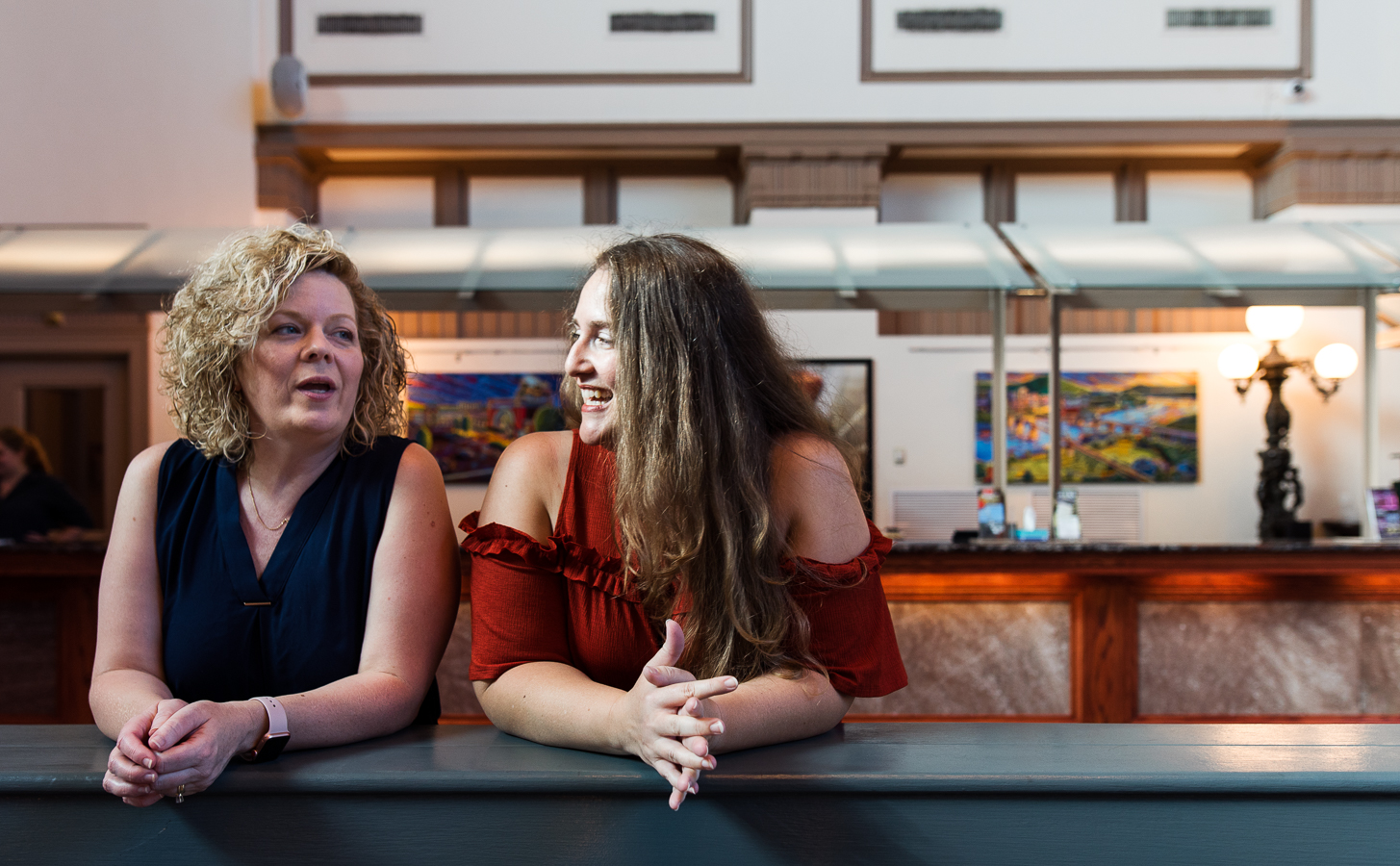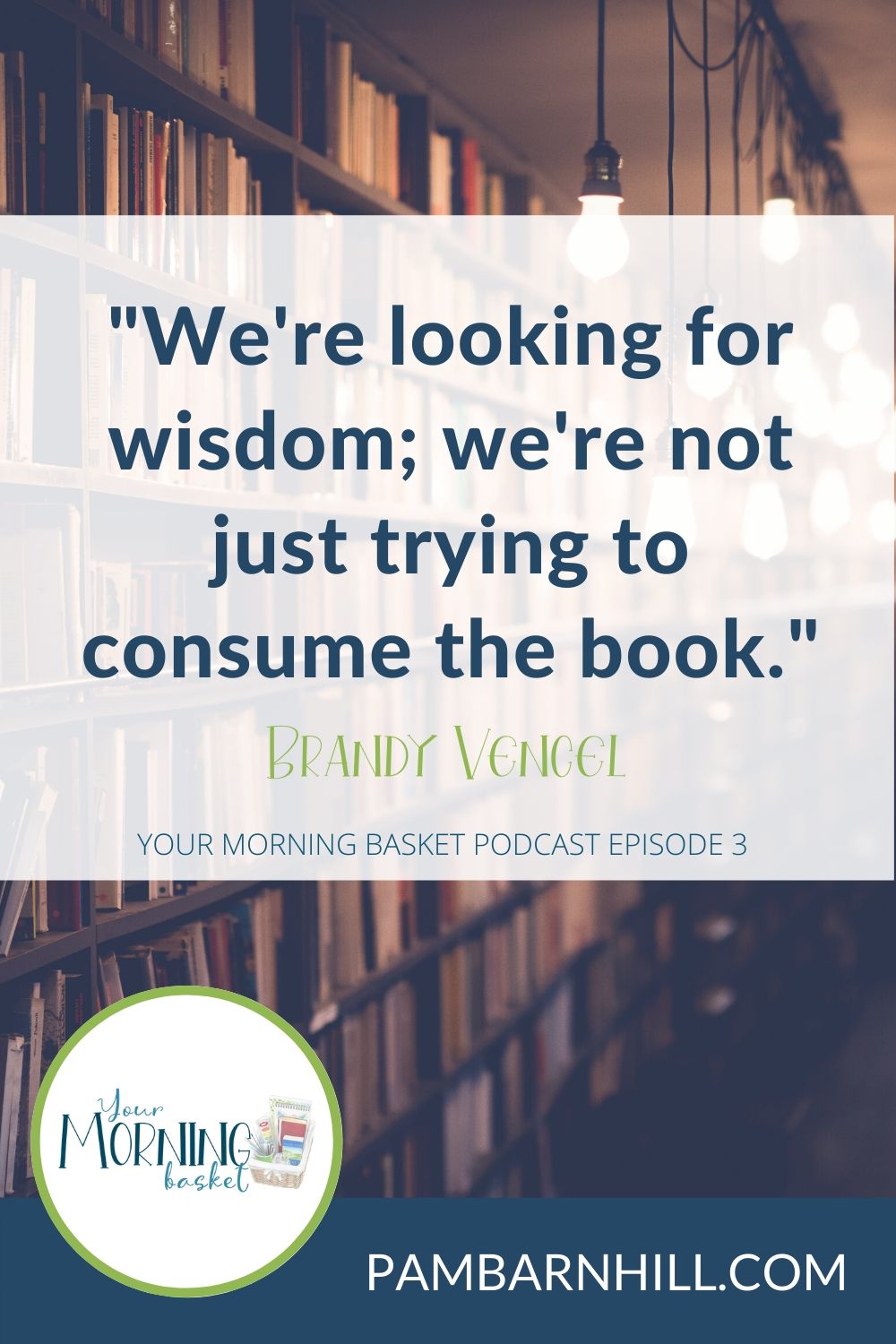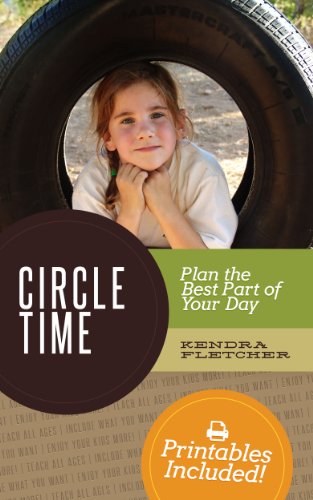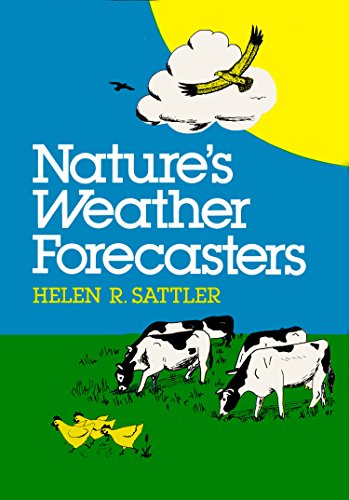
Welcome to another episode of Your Morning Basket. You may remember that, early in episode 2, Pam introduced us to the “4 Rs” that make up a rich Morning Time: recitation, reading aloud, ritual, and relationship. (And if you happened to miss that one, be sure to check it out!)
In today’s interview, Pam talks with Brandy Vencel of Afterthoughts about the second of those Rs, reading aloud. They discuss the subtle ways that reading aloud during Morning Time can differ from the reading we may do with our children at other times during the day.
This interview is packed with great book recommendations and insightful conversation about how reading aloud can help shape our children’s imaginations, give them opportunities to grapple with big ideas, and enrich their learning by pairing content with captivating stories. So sit back and enjoy!
Links and Resources from Today’s Show
- Afterthoughts
- Start Here: A Journey through Charlotte Mason’s 20 Principles by Brandy Vencel
- Ambleside Online
- Preschoolers and Peace
- Circle Time: Plan the Best Part of Your Day by Kendra Fletcher
- Pilgrim’s Progress by John Bunyan
- Minn of the Mississippi by Holling C. Holling
- The Tarantula in My Purse and 172 Other Wild Pets by Jean Craighead George
- Nature’s Weather Forecasters by Helen R. Sattler
- The Cruise of the Arctic Star by Scott O’Dell
- Swallows and Amazons by Arthur Ransome
- The King of the Golden City by Mother Mary Loyola
- The Burgess Bird Book for Children by Thornton Burgess
- Time Life math books
- The Hobbit and The Lord of the Rings trilogy by J.R.R. Tolkien
Start Here: A Journey Through Charlotte Mason’s 20 PrinciplesCircle Time: Plan the Best Part of Your DayThe Pilgrim’s Progress (Dover Thrift Editions)Minn of the MississippiThe Tarantula in My Purse and 172 Other Wild PetsNature’s Weather ForecastersThe Cruise of the Arctic StarSwallows & AmazonsThe King of the Golden CityThe Burgess Bird Book for Children (Dover Children’s Classics)J.R.R. Tolkien 4-Book Boxed Set: The Hobbit and The Lord of the Rings
Key Ideas about Reading in Morning Time
- By reading living books aloud during Morning Time, we can combine multiple children of different ages together for some subjects.
- Living books hold the attention of the reader/listener and present big ideas. Young children are able to absorb and think about those ideas, even before they are able to articulate them.
- When a living book pairs a story with facts, it engages the imagination in a way that facts alone do not. This spark of the imagination is a powerful force for memory and learning
Find what you want to hear:
- 3:54 how Brandy got started with Morning Time
- 6:31 how Brandy’s Morning Time has evolved as her children have grown
- 10:10 lightening the workload by using Morning Time to cover required readings for individual kids 15:22 specific books from Brandy’s Morning Time
- 18:59 specific books from Pam’s Morning Time
- 20:35 reading aloud at other times of the day
- 23:06 why use living books
- 26:07 introducing kids to big ideas (not just facts)
- 30:21 how engaging the imagination facilitates learning
- 32:35 slow reading
- 37:08 Brandy’s thoughts on requiring a narration for all Morning Time readings
- 38:31 narration in a group setting
- 40:49 tacking inconsistent items onto Morning Time so that they get done
- 41:47 breaking up Morning Time readings in order to maintain interest and attention

- Juggling Big Life Changes and Homeschool - June 17, 2025
- Which Homeschool Schedule Actually Works for You? - June 3, 2025
- How to Keep Homeschool Consistent When Life Isn’t - May 20, 2025











